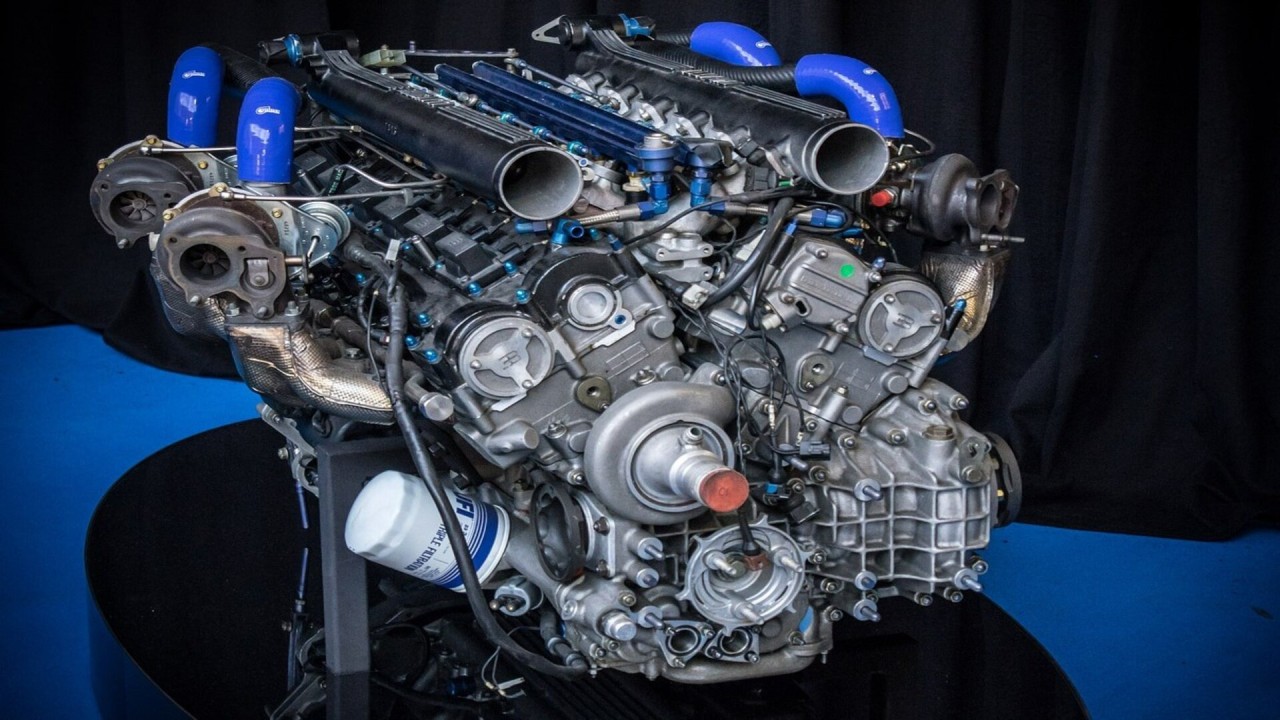The Pursuit for Ultimate Driving Power: Checking Out the Pinnacle of Engine Performance and Technological Developments in the Automotive Industry
In the world of vehicle engineering, the pursuit of optimum driving power has been a relentless mission that has unravelled via the evolution of engine design and the combination of sophisticated innovations. From the precise workmanship of combustion engines to the fast developments in electrical propulsion systems, the vehicle industry stands at the cusp of a brand-new age identified by unprecedented efficiency abilities.
Development of Engine Style

In addition, the assimilation of turbocharging and supercharging technologies has actually revolutionized engine layout by increasing power without considerably enhancing engine dimension. These forced induction systems press the consumption air, allowing for more gas to be ignited, thereby generating better power outcome from a smaller sized engine. This innovation has been particularly vital in boosting the performance of smaller displacement engines while preserving gas efficiency criteria.

Performance-Enhancing Gas Technologies
The application of innovative fuel innovations has actually dramatically contributed to improving engine performance in modern-day vehicles. Biofuels, derived from renewable resources like corn, sugarcane, or algae, offer lowered discharges and boosted engine efficiency. Furthermore, fuel additives and detergents are being created to clean engine elements, enhance combustion, and reduce friction, thereby enhancing overall lorry performance.
Developments in Electric Propulsion
Considerable strides in electrical propulsion innovation have changed the automotive industry, paving the way for a new period of lasting and efficient transportation. Electric automobiles (EVs) are gaining popularity due to their ecological advantages and innovations in battery modern technology, enabling longer driving varieties and shorter billing times. Makers are spending heavily in research and development to enhance the efficiency of electric propulsion systems, concentrating on increasing power outcome, enhancing energy performance, and decreasing general weight.
One significant advancement in electric propulsion is the growth of innovative electric motors that provide higher torque and power thickness, leading to boosted velocity and general driving efficiency. In addition, regenerative stopping systems have been improved to save and capture energy during slowdown, further enhancing the performance of EVs.
In addition, the combination of wise modern technologies, such as expert system and predictive analytics, is optimizing the management of electric propulsion systems, ensuring ideal performance under various driving problems. These developments in electrical propulsion are reshaping the automotive landscape, driving the market towards a more sustainable and amazed future.
Influence of Computational Fluid Dynamics
With developments in electrical propulsion pressing the boundaries of auto innovation, the combination of Computational Liquid Dynamics is playing a crucial duty in maximizing wind resistant efficiency and improving overall effectiveness in vehicle design. Computational Fluid Characteristics (CFD) includes using computer system simulations click site to evaluate the circulation of air around a vehicle, enabling designers to predict just how design adjustments will impact the rules of aerodynamics without the demand for expensive physical prototypes. By precisely modeling air movement patterns, CFD enables the improvement of automobile forms to lower drag, enhance air conditioning, and enhance stability.
CFD makes it possible for designers to enhance airflow around parts such as radiators, engine bays, and wheel wells, adding to enhanced performance and general driving experience. In conclusion, the assimilation of Computational Liquid Dynamics stands for a substantial step onward in the pursuit for utmost driving power and efficiency in the auto sector.
Future Fads in Engine Technology
In the dynamic landscape of automotive design, cutting-edge improvements are shaping the future trajectory of engine development. The future of engine design is noted why not try this out by a solid emphasis on efficiency, sustainability, and efficiency. Makers are increasingly concentrating on developing engines that not just deliver high power outputs yet additionally focus on ecological responsibility by enhancing and lowering exhausts gas efficiency.
One noticeable pattern in engine advancement is the rise of electrification. Crossbreed and electrical powertrains are acquiring grip as viable alternatives to typical burning engines. These modern technologies supply the capacity for substantial decreases in carbon emissions and enhanced power performance, aligning with international efforts to battle climate modification.
Additionally, innovations in products science and manufacturing techniques are allowing the manufacturing of lighter and a lot more long lasting engine components. This shift in the direction of lightweight materials such as carbon fiber and aluminum alloys adds to enhanced performance and gas economic climate.
Verdict
To conclude, the search of supreme driving power in the automotive field proceeds to drive developments in engine design, gas technologies, electrical propulsion, and computational liquid characteristics. The development of these modern technologies is forming the future of engine advancement, leading the way for a lot more reliable and effective vehicles (engines for africa). As the industry look at here now remains to press the borders of what is possible, we can expect to see much more revolutionary growths in the quest for peak efficiency
One of the vital landmarks in engine design evolution is the shift from conventional carbureted engines to contemporary fuel-injected systems. By exactly metering the gas delivery to each cyndrical tube, fuel-injected engines optimize combustion, resulting in much better performance and decreased ecological impact.
Furthermore, the assimilation of turbocharging and turbo charging modern technologies has reinvented engine design by improving power without considerably raising engine size (engines for africa).The application of innovative gas technologies has actually significantly added to improving engine efficiency in modern-day lorries. Furthermore, fuel additives and cleaning agents are being developed to clean engine components, optimize burning, and minimize friction, consequently increasing general lorry efficiency